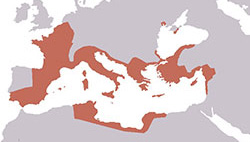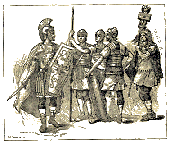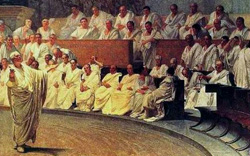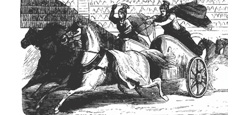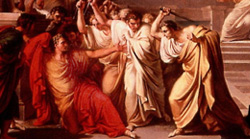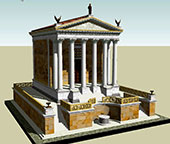The Rule and Fall of Julius Caesar
Drag each sentence next to its appropriate image in the table and click Submit.
- By 40 B.C.E., Caesar had conquered territory along the entire northern Mediterranean coast, and other land in the Middle East and North Africa.
- The Roman government celebrated the empire’s victories with feasts and games, which included competitions such as chariot races.
- Caesar used his military skill to assemble his troops and defeat his enemies during the civil war in 50 B.C.E., resulting in him being named emperor.
- Caesar had to deal with personal tensions and political problems between members of the Roman senate during his time as leader.
- Rome continued to celebrate Caesar after his death in the form of coins, art and a temple dedicated to his accomplishments.
- In 44 B.C.E., Caesar’s enemies had become upset about his power as a dictator, and members of the Senate worked together to assassinate him.
Answer:
Correct!
One or more of your answers are incorrect. Close this box and try again.
Incorrect. The correct answers are shown below.
X
